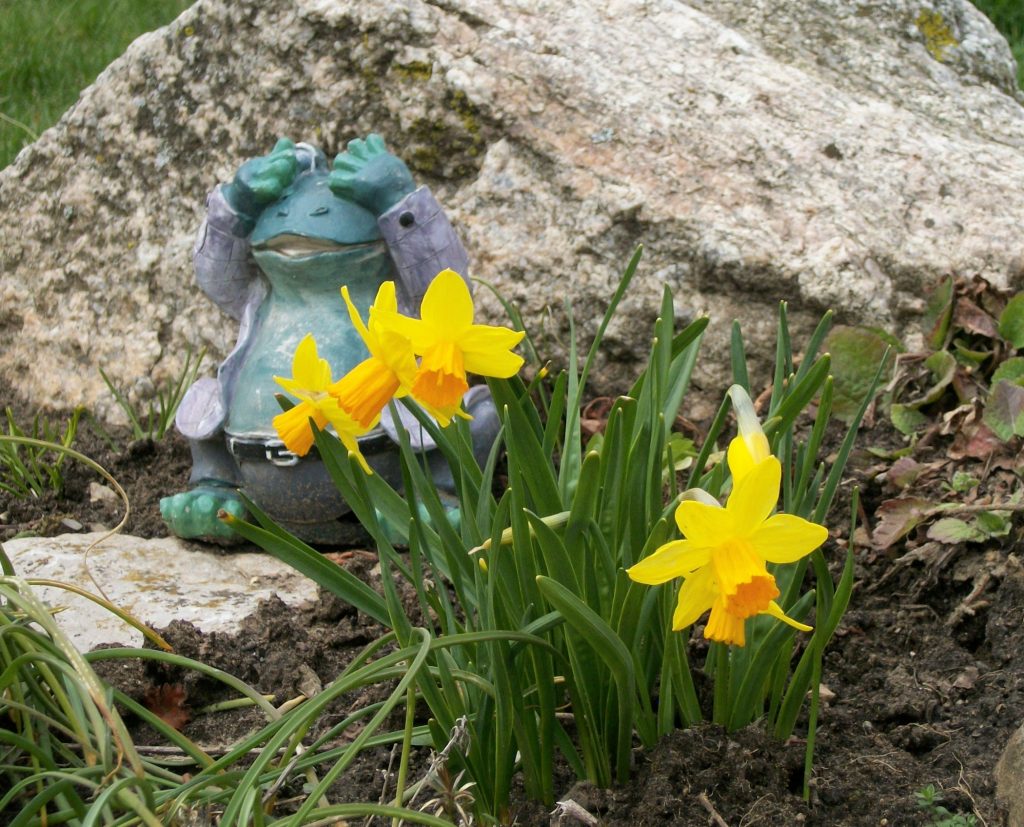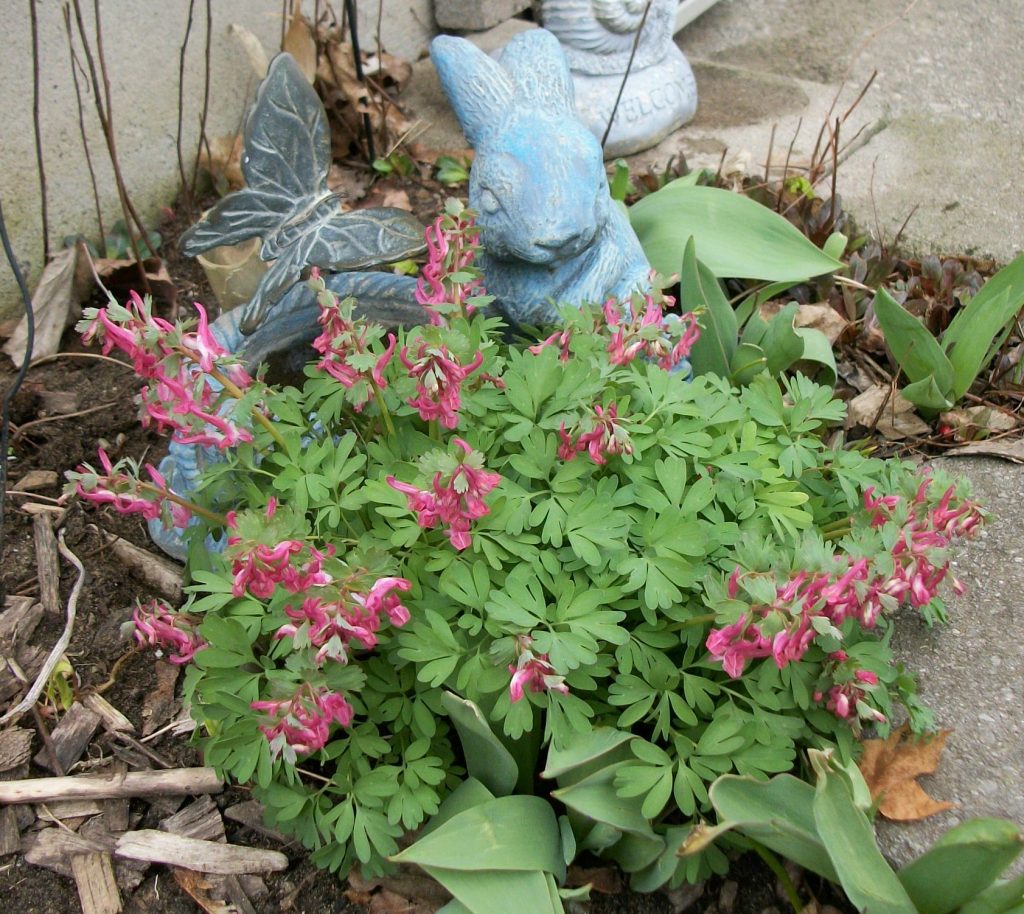by Angela Lassam
It’s Still Just Dirt, The Tillsonburg News – April 2020
We are all wondering where we will be in the coming months. The STAY AT HOME rule has been difficult for some of us especially the on the go families who had many activities to keep them busy. There has been an upsurge in people researching ‘grow your own food’ and many of you are first time gardeners apart from cutting the grass and planting a few annual flowers. Check out www.savvygardening.com and a Facebook group called Ontario Gardeners which is a great source for information. Now that you are considering growing vegetables and even some fruit I thought some basic knowledge should be shared.

Before you start any actual gardening you need to look for a sunny south facing spot, remember the sun rises in the East and sets in the West so watch for your day shadows. Set out your design with the wider part facing the sun. This will allow you to grow the shorter vegetables in the front progressing to the largest towards the back. Seed packets give you all the information you will need to do this.
Next decide whether you are going to have a raised bed or directly on the ground. Sometimes it is easier to do a raised bed as turf can be difficult to strip. A raised bed can be made from concrete blocks or wood – cedar or untreated 2’’ x 6” would work well. You will only need to do an 8’ x 4’ bed to start as it is easier to manage and you will be surprised how much you can grow in that space with some planning. My suggestion is to line them by placing old newspaper or cardboard in the bottom to supress weeds especially grass and fill with topsoil.
Next is to decide what you would like to grow. Buying your seeds is simple – even the grocery stores usually have a seed stand or check with local nurseries and order seeds for curbside pickup. They can be found on Facebook where you can message an order.
The easiest and most common vegetables are peas, beans, carrots, beets and Swiss chard. Small vegetables could be radishes, lettuce, spinach and some herbs. Trailing plants are generally zucchini, cucumber and squash (these need space so plant in a corner or one end and allow to trail outside the bed or set up a trellis). A planned layout on paper will keep you on track for when you start to sow the seeds. All spacing and other information is on the back of every seed packet. It is common to set rows at least 18” apart but in raised beds they can be nearer.
Lastly tomatoes and peppers can be sown indoors now for planting out when temperatures overnight stay above freezing, generally towards the end of May. This year it can be an interesting project for children to get involved. Kits can be sourced at garden centres using curbside pickup with full instructions. I prefer the one that has peat pucks so no soil is needed to start them, only seeds and follow the method described with the kit.
When it is time to plant outside you will need a line and using a stick or hoe mark where the seeds need to be placed. The packet will tell you how deep and how far apart the seeds will need to be in the row. Then after sowing the seeds water them before covering with soil. Lastly mark the ends of the rows with a marker of some kind -a lollipop stick and felt pen makes a great marker.
Next month I will cover certain steps to keep your beds in shape and growing great vegetables and fruit. I hope you will consider doing this. It is a great pastime and very rewarding when you can eat fresh produce that you have grown.

The Tillsonburg Horticultural Society has cancelled all activities due to Covid 19 and any updates can be found on the website www.tillsonburghorticultural.ca or Facebook Tillsonburghorticultural. Stay home, stay safe and be well.